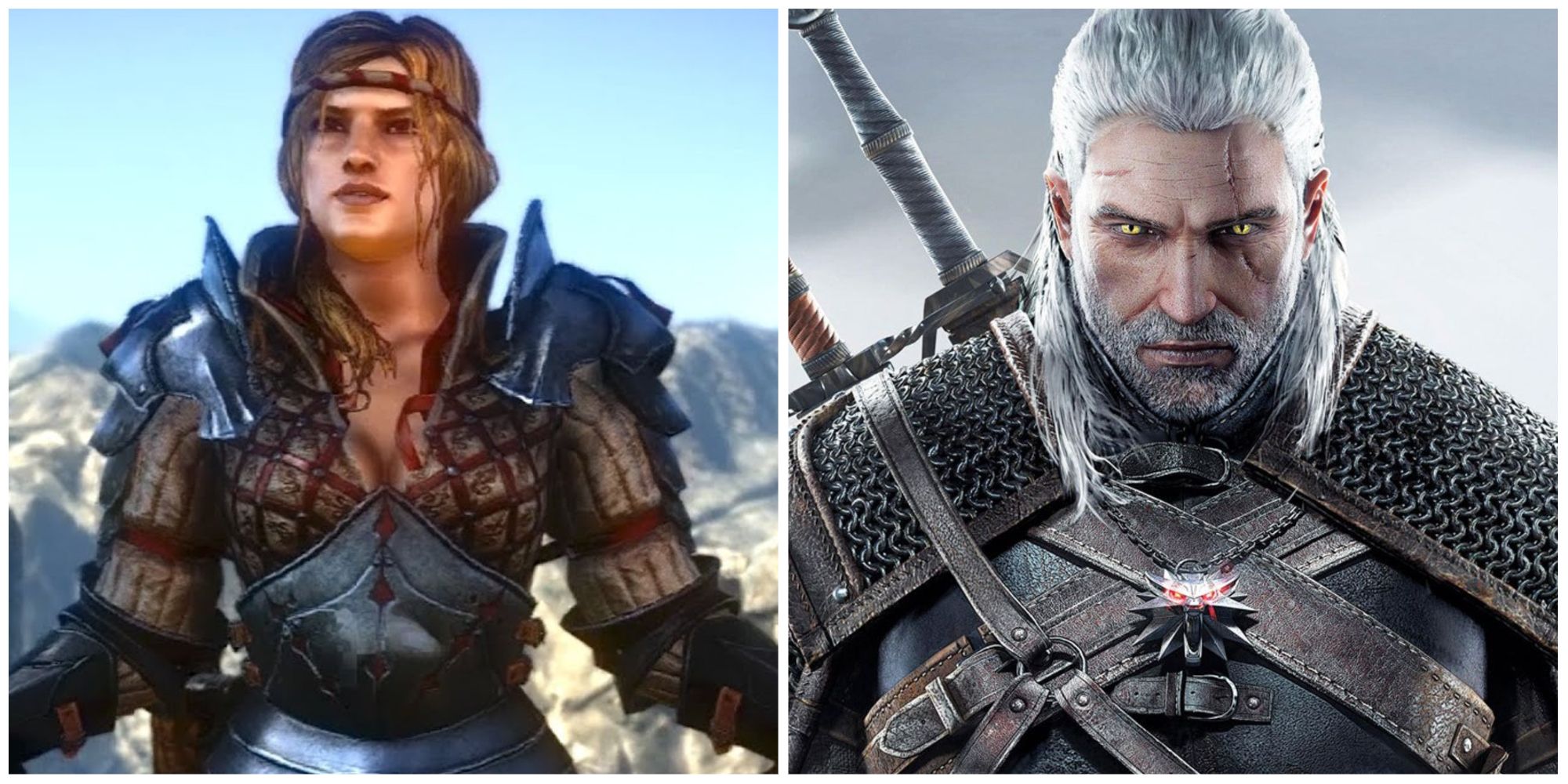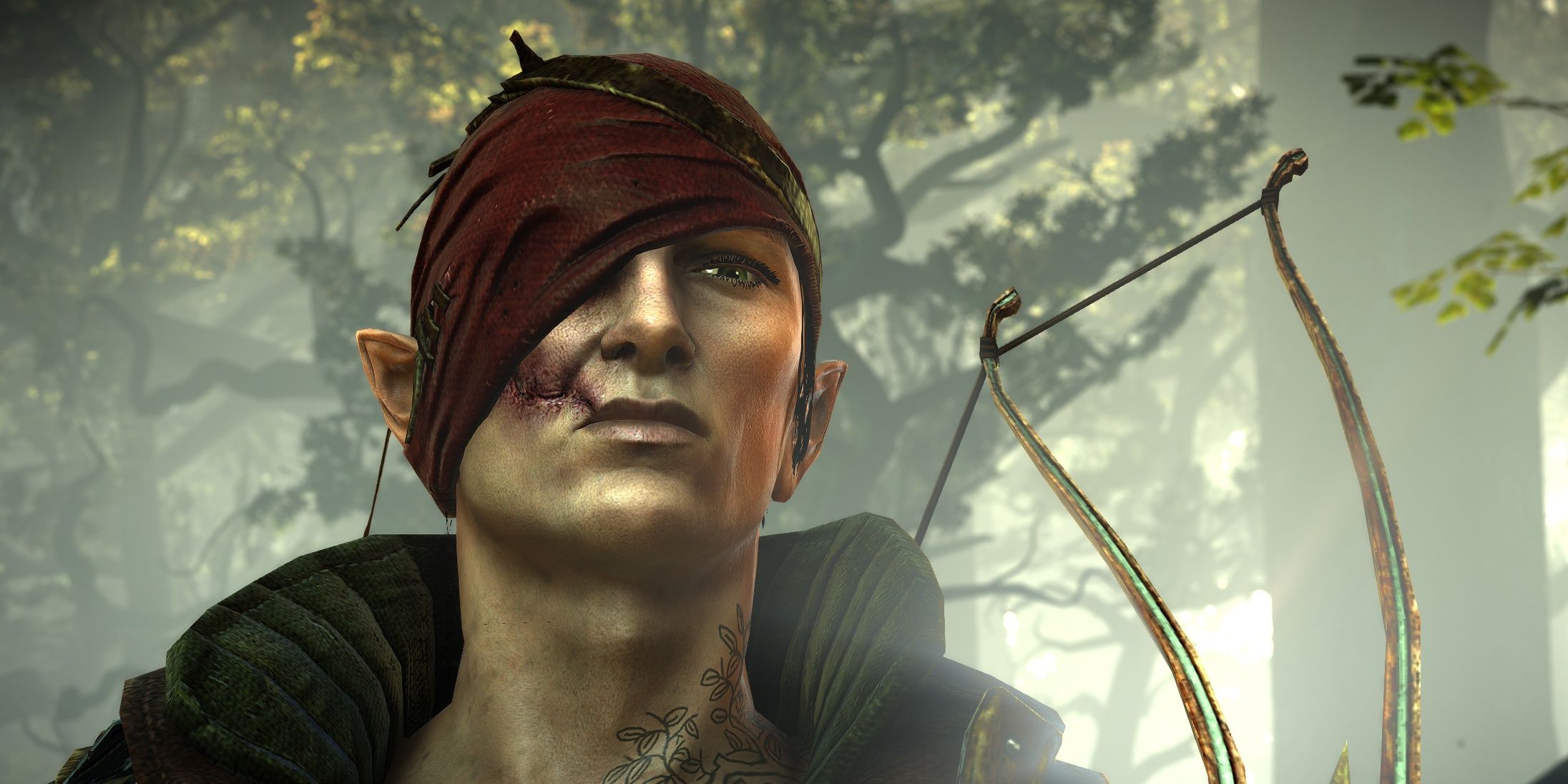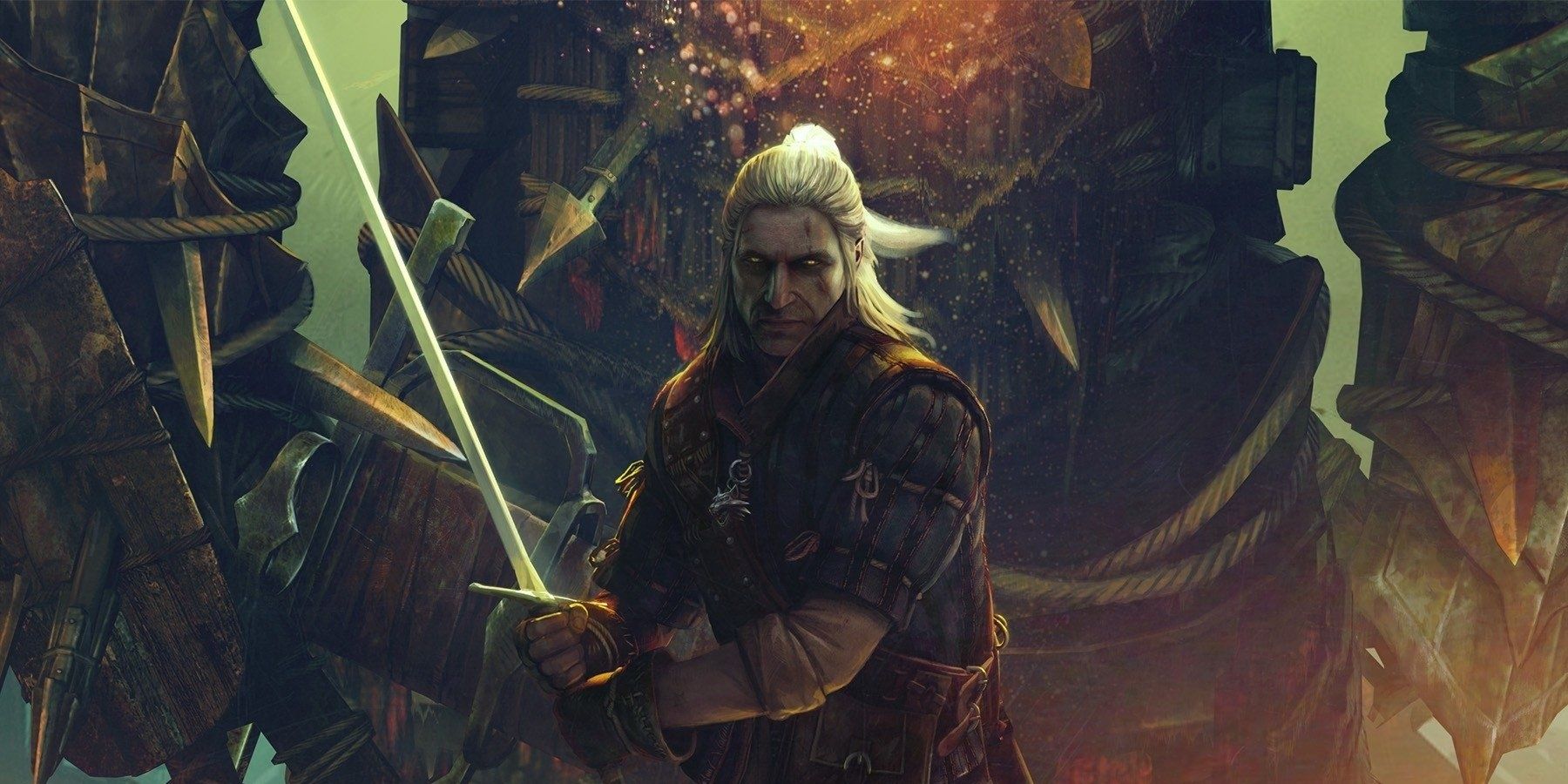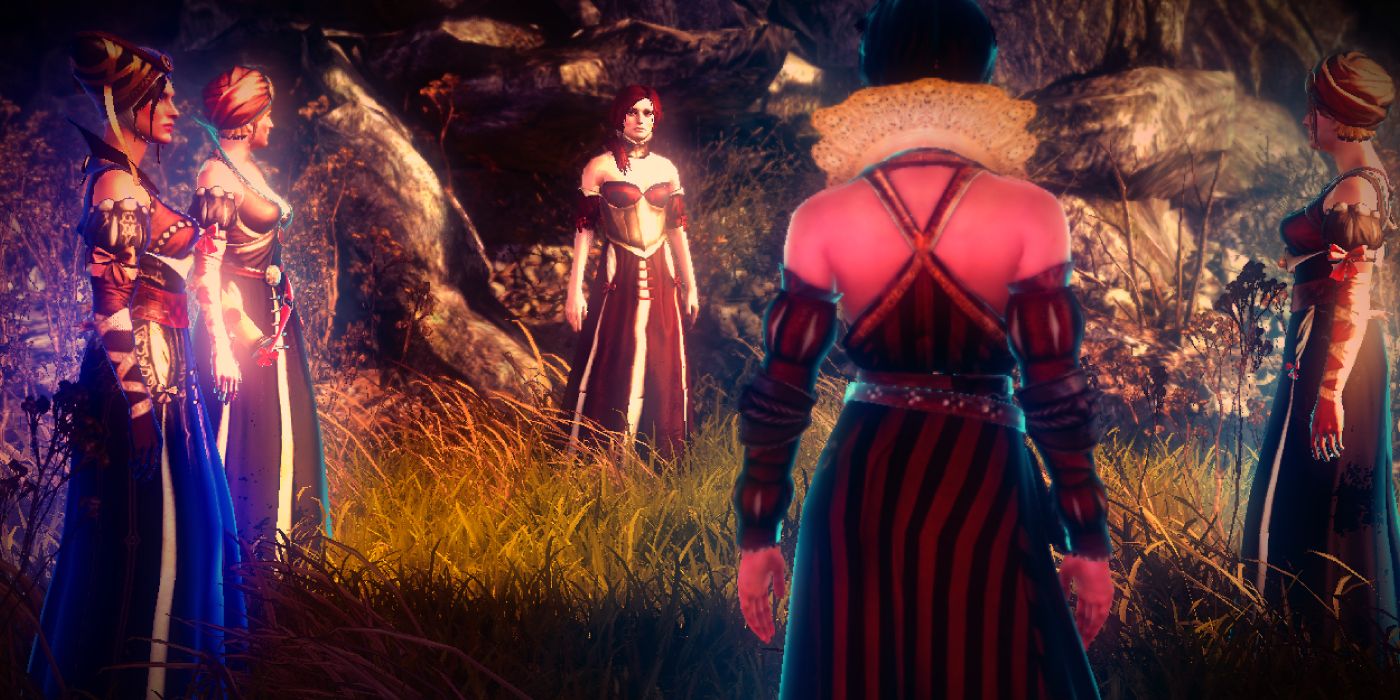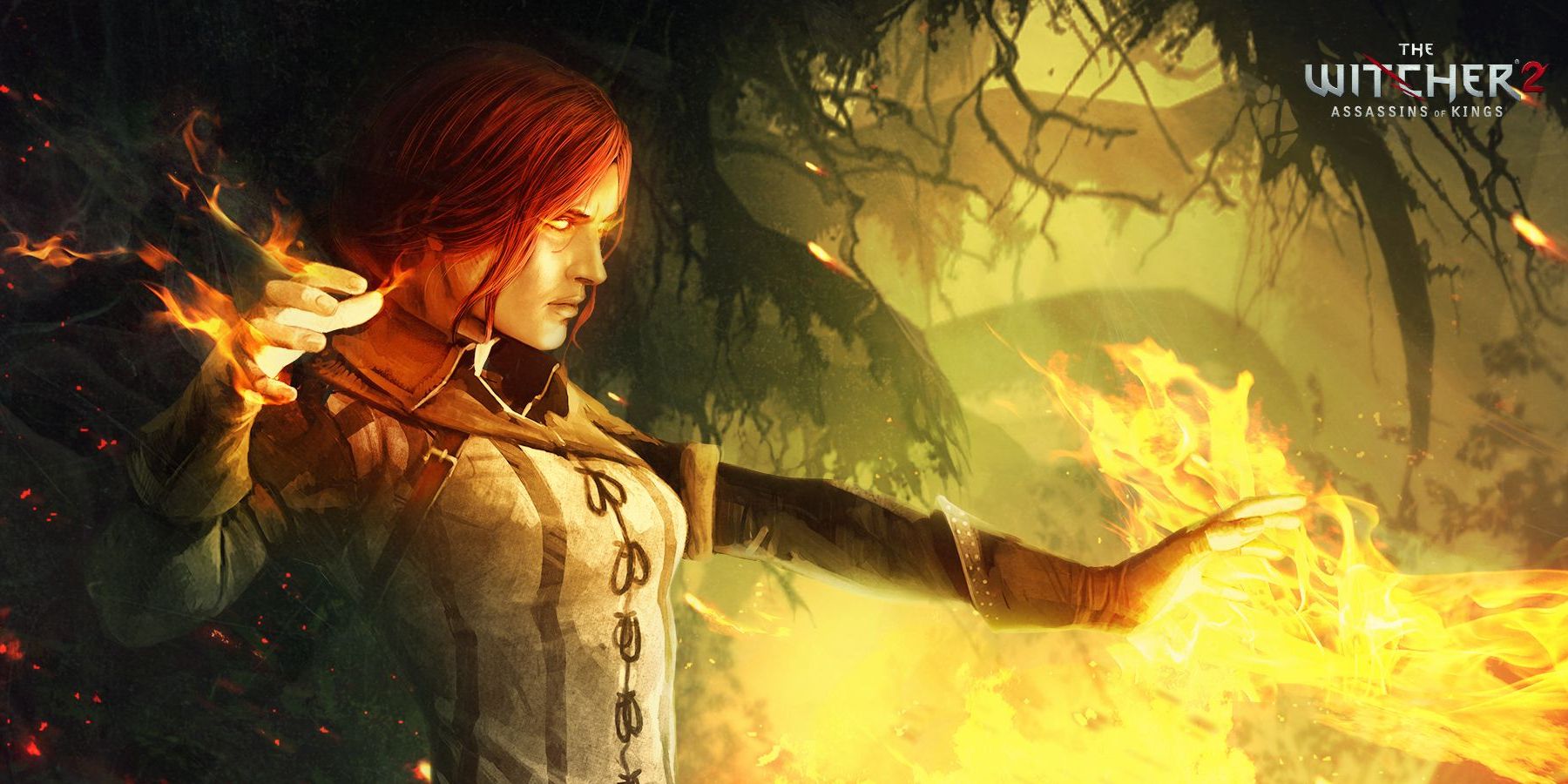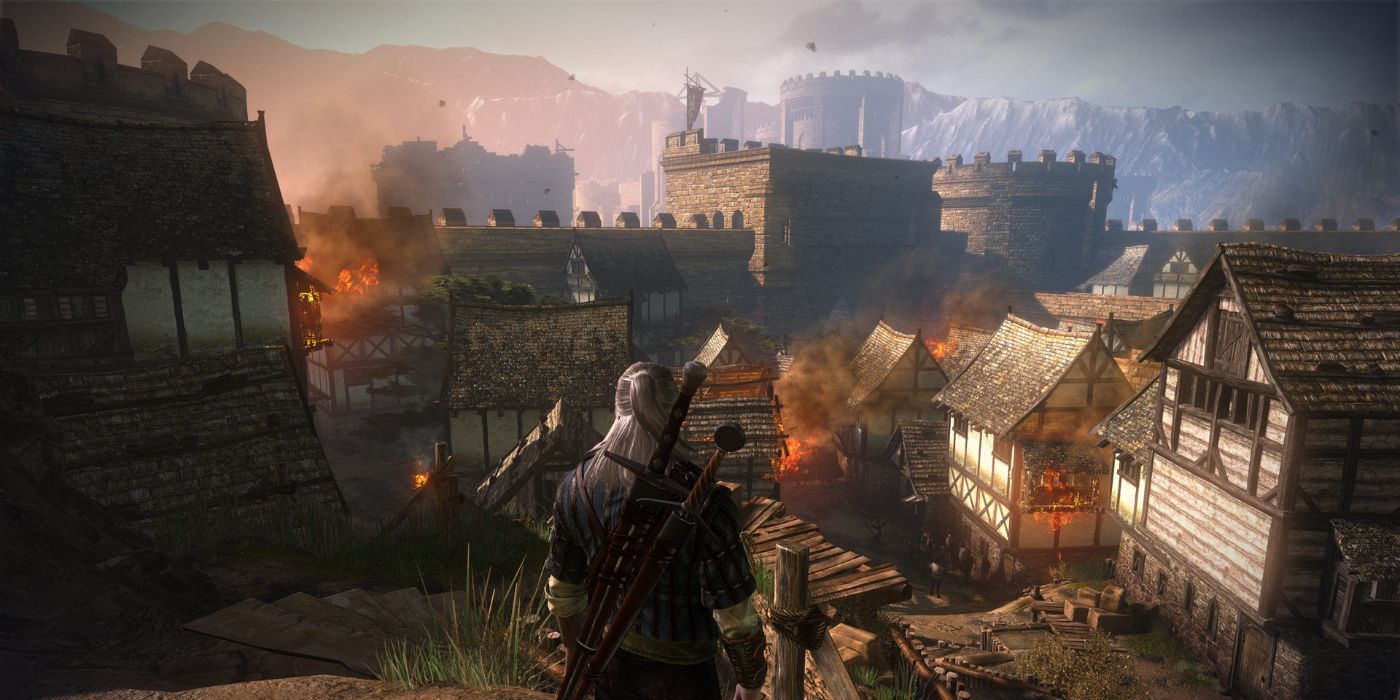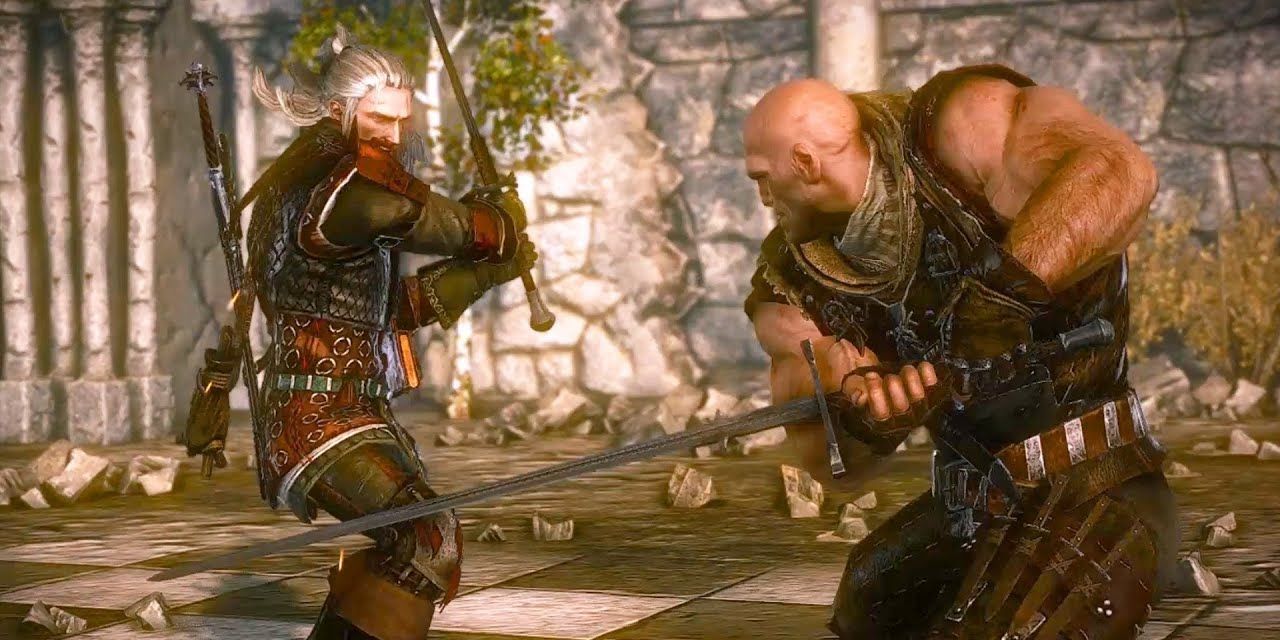The Witcher series has some of the best roleplaying games ever made. While the dated nature of the first game might make it a bit hard to play for fans, its sequels have been a marked improvement and show how CD Projekt Red has evolved from its humble roots to become one of the most popular video game developers of all time. Even the controversial launch of Cyberpunk 2077 didn't besmirch any of the past work they'd done.
There's no denying that The Witcher 3: Wild Hunt is considered by most people to be the best game in the trilogy by a country mile. However, that's not to say that it's a perfect game — far from it. Most people actually find certain elements of The Witcher 2: Assassins Of Kings to be more engaging as opposed to its sequel, with the most notable examples being mentioned below.
6 The Variations In The Story's Development Are Extremely Impressive
Throughout The Witcher 2, there's constant conflict between the Scoia'tael elves and the human Blue Stripes. This reaches a head at the end of Chapter 1 when Geralt must either side with Iorveth or Roche. This decision has a major impact on the game, more so than most players would expect.
Based on whom players help, the starting region and most of the objectives in the second chapter completely change. It makes for a great reason to replay the game and see what the other path would've led to, and shows why The Witcher 2 was lauded by so many developers and players upon release.
5 The World Is Expanded Upon Better In The Second Game
The first game teases players with a glimpse into the world of The Witcher, although it's clear that the game simply can't dump too much lore from the get-go. That responsibility falls to the second game, where players are introduced to numerous elements present in the Witcher universe.
From the Lodge of Sorceresses to the nature of the political conflict between Nilfgaard and Cintra, the world feels truly alive and fleshed out in the second game. The Witcher 3 owes a lot of its success to its predecessor, which set an intriguing base that could be built upon.
4 Exploring The Intricacies Of The Lodge Of Sorceresses
Speaking of the Lodge of Sorceresses, there's no denying that witnessing this legendary group and its members was a treat for both new and old fans. The Witcher 2 did a brilliant job of building this group up and showing most of the important figures that comprise this committee of the world's most powerful and influential people.
This makes it even more surprising to see how they get dismantled near the end, with Nilfgaard showing just how ruthless they can really be. Remnants of the Lodge appear in the third game, and interacting with them makes for a great time that long-time fans of the series will definitely appreciate.
3 Triss Had A Stronger And More Assertive Personality
One thing people didn't appreciate in The Witcher 3 is how Yennefer pretty much assumed Triss' personality from the first two games. Meanwhile, the redhead was shown to be racked by her guilt of not telling Geralt the truth all this time when he lost his memory. While this makes for a compelling arc, it diminishes just how strong and direct her character was early on.
In fact, Triss is actually the more assertive choice out of the two romanceable characters in the first game and keeps this attitude in the second game as well. While she does turn into a damsel in distress for a good chunk of the storyline, her personality was still very much intact. Fans of Triss hated how she was portrayed in The Witcher 3, considering the previous two games to have the better version of this iconic character.
2 The Game Is Way More Challenging Early On
The Witcher games are notorious for having inverted difficulty curves, with the games being really hard early on before letting gamers settle into a rhythm as they complete quests and gain levels. That being said, The Witcher 3 was still pretty forgiving early on, leading to many players thinking that the game was pretty easy on the default difficulty.
Meanwhile, The Witcher 2 pulled no punches by thrusting players into the middle of a war where soldiers hit like a trick. Quick dodging and efficient blocking were pretty much mandatory to survive during this phase, and it still took a while for players to get used to the combat system and Geralt's fragile nature when the world opened up too.
1 The Choices Players Made Were More Impactful
There's no denying that The Witcher 3's scope is massive compared to its predecessor. Everything from the stakes of the plot to the vast nature of the game's world was on an entirely different level. However, this also meant that the game had to account for a ton of choices that players made and reflect them in a meaningful manner.
Of course, the game does an admirable job of accounting for all the choices the player made in the game. That being said, the smaller scope of The Witcher 2 meant that its choices felt more impactful. An entire chapter changes to accommodate for a player's choice, and the final boss can even be spared once players understand everything about Letho. Given the many branching paths of this game, it's easy to see why The Witcher 2's choice-driven role-playing is slightly superior.
The Witcher 3: Wild Hunt is available now on PC, PS4, Switch, and Xbox One.

